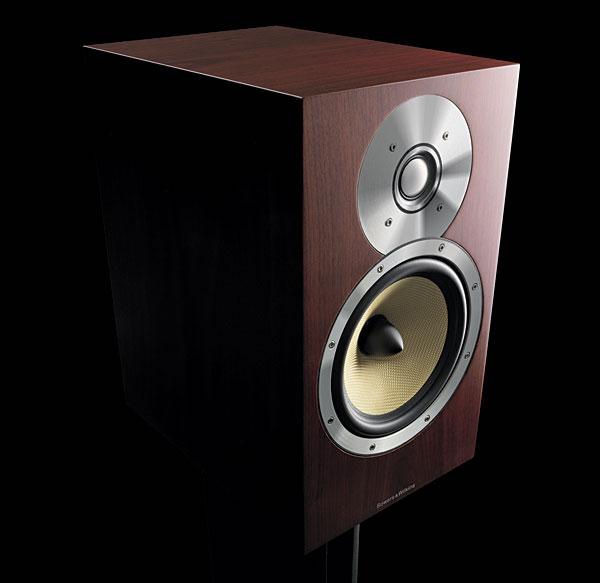| Columns Retired Columns & Blogs |
I had a chance to listen to these today while visiting a Magnolia store. I compared them to several other monitor speakers on offer from Sonus Faber and Martin Logan. I use Dynaudio 52SE at home.
I've not yet heard anything in this price range that I would prefer to the B&Ws. Highly resolving, very extended and top notch image and staging. Siblance was rendered very naturally for a highly resolving speaker.
I didn't spend enough time with them, but they certainly made my short list of monitors to bring home.








































